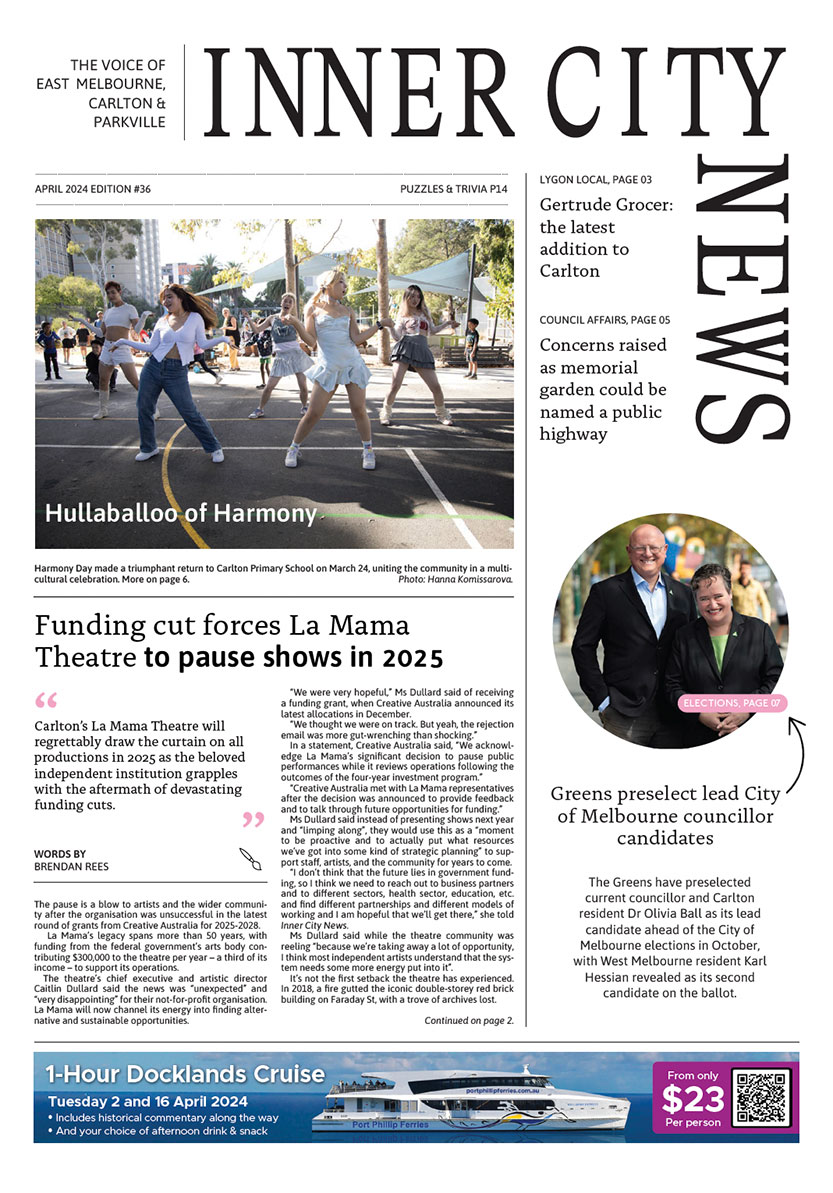New balloon release laws a real sea change
Words by Matt Harvey
As of July 1, it is now illegal to intentionally release any number of balloons in the state of Victoria with fines as high as $16,522 for an individual.
The EPA now has increased powers to prevent harm to the environment from pollution and waste.
These powers include new penalties for intentionally releasing balloons into the environment.
Under section 115 of the Environment Protection Act 2017, fines include:
Up to six penalty units ($991) for a person
Up to 30 penalty units ($4956) for a company.
For a series of balloon releases, and if taken to court, penalties include:
Up to 100 penalty units ($16,522) for a person
Up to 500 penalty units ($82,610) for a company.
EPA CEO Lee Miezis said she wanted it to be clear that there was a level of sense and discretion in enacting the new powers.
“These new penalties are aimed at deterring the worst offenders, not the kids who lose their party balloon. We don’t want to be the party police,” Ms Miezis said.
We all have a duty to protect the environment, under the new laws. Our response will be proportionate but if the offense is serious, so are the penalties.
Why is this happening?
Zoos Victoria has campaigned since 2017 to make intentional releases of any number of balloons illegal, encouraging their visitors to instead do one of the following alternatives:
Blowing bubbles
Floating flowers
Reusable or recyclable bunting
Paper decorations
Planting a tree
This is not Zoos Victoria’s first major change; in 2019 it removed Cadbury chocolate and Natural Confectionery Company products from sale at Melbourne Zoo, Werribee Open Range Zoo and Healesville Sanctuary as they failed to comply with the organisation’s wildlife-friendly standards.
The balloon release ban is also a means of protecting wildlife as seabirds.
Acting senior manager of conservation campaigns Darcie Curruthers said the campaign was “a great win.”
“The intention of the campaign is not to punish people but to empower the community to take action,” Ms Curruthers said.
“People more often than not are willing to change their behaviour with education. Usually, they are just not aware of the impact but once aware they are more willing to change their behaviour.”
Wildlife can be seriously harmed or killed by balloons and their attachments as marine mammals, sea birds and turtles often mistake them for food.
Balloons floating in the water can look like squid or jellyfish which can cause wildlife to become entangled or ingest balloon litter.
“According to CSIRO and Zoos Victoria, balloons lost into the wild and floating in water often look like food to birds and animals which swallow the plastic or get entangled in ribbons,” Ms Miezes said.
In Victoria, seals and other animals have been known to become entangled in balloon ribbons which can cause lasting damage.
The campaign was inspired by a 2016 CSIRO study in which experts identified four main items of marine debris and while balloons were not the most common; they were disproportionately the deadliest.
What is the research saying?
People may feel the large value of fines is disproportionate for something as small and simple as a balloon.
But like all environmentally impactful actions, small gestures build over time causing larger environmental damage.
The CSIRO research has shown that around three-quarters of the rubbish along the Australian coast is plastic.
The density of plastic ranges from a few thousand pieces of plastic per square kilometre to more than 40,000 pieces of plastic per square kilometre.
Around the world, nearly half of all seabird species are likely to ingest these debris.
Birds also eat everything from glow sticks, industrial plastic pellets, hard bits of plastic, foam, metal hooks, and fishing line but balloons have been determined to be the most deadly.
Human dumping is the most important factor in determining how much debris can be found at any given site.
Water flow such as storm water and wind contribute to the transport of debris towards marine ecosystems.
The CSIRO has predicted that plastic ingestion in seabirds may reach 95 per cent of all species by 2050, considering the steady increase of plastics production.
What’s next?
Founder of No Balloon Release Australia, Karen Joynes has some ideas for where to go next.
“A uniform national balloon release ban, and national regulation on the sale of helium used to inflate balloons,” Ms Joynes said.
While some states do have existing balloon regulations, South Australia, Queensland, Tasmania and the Northern Territory have bans in place. Western Australia will have a ban by the end of the year.
In NSW and the ACT, up to 19 balloons are allowed to be released despite the NSW EPA recognising balloons as environmentally harmful.
Karen Joynes would also like to see the sale of helium banned to the general public.
“The only way to stop balloon releases is to stop the general public having easy access to helium,” Ms Joynes said.
“We would like to see the general public’s access to helium used for inflating balloons removed. Helium would only be available from gas suppliers for bona fide reasons.”
“If someone has a genuine business use for helium such as welders, then they would have access, but they would not be able to use it for inflating balloons. Helium is scarce and better used for essential purposes such as cooling MRI batteries.” •

Carlton language school championed by Ukrainian refugee





 Download the Latest Edition
Download the Latest Edition